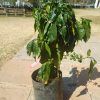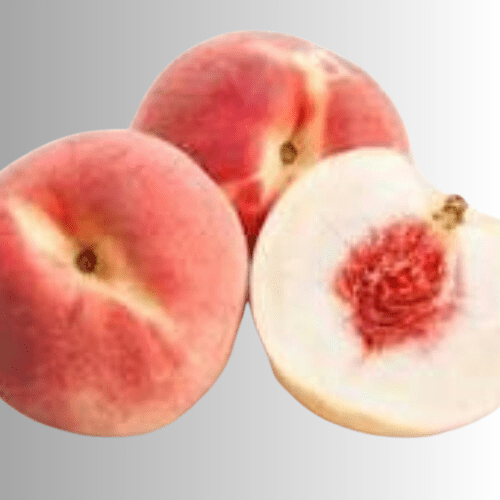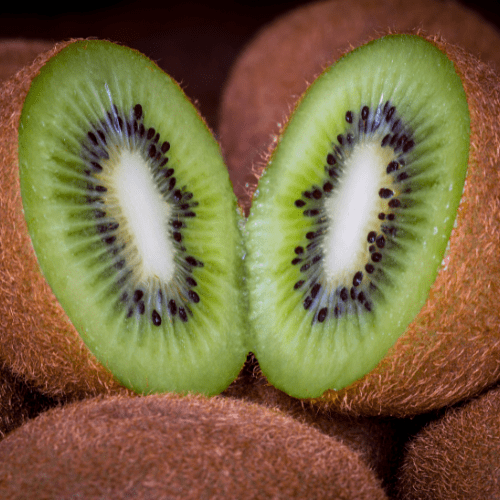Position
Coffee trees thrive in dappled sunlight. If you live in a cooler area without harsh sunlight, your tree may survive in more regular sunshine. A bright, indirect light is best if your plant is inside. Your tree will develop brown leaves (as opposed to its glossy green ones) if it’s receiving too much light.
Size
This tree reaches a size of 1.8 to 4.5 metres tall when it is mature and has a similar width.
Soil Type
Coffee trees do best in rich, peaty soil that drains well. It can survive in soil with a pH of anywhere between 4.0 and 7.0 but does particularly well when acidity is 6.0 to 6.6.
Superfrass (R25 per bag) is a natural high quality organic growth enhancer and pesticide which you could add when planting.
Mulch
Because coffee trees do well in moist conditions apply a layer of organic mulch around the base of the plant to retain moisture, suppress weeds, and regulate soil temperature. Keep the mulch away from the stem. Pine bark or pine needles make excellent mulch because they lower the pH and add nutrients to the soil.
Watering
Give your coffee tree a regular, generous watering for the best results. The soil should never become waterlogged, but it should always remain evenly moist. Never allow your soil to dry out completely.
Fertilising
Use a slow-release fertiliser twice a year – once in spring and once in summer. Our slow-release all plant fertiliser is an optional extra!
Pruning
Cut off the top of the coffee tree to keep it to about 2 metres tall. Remove any of the branches at the bottom of the trunk, leaving only the biggest, best branches behind. This lets the tree focus its resources on the branches producing many healthy coffee cherries.
Harvesting
This tree blooms in the spring (September to November). The fruit, which is called the cherry, is ready to be harvested when it becomes a deep, bright red colour. Each cherry produces two coffee beans and should be hand-picked.










